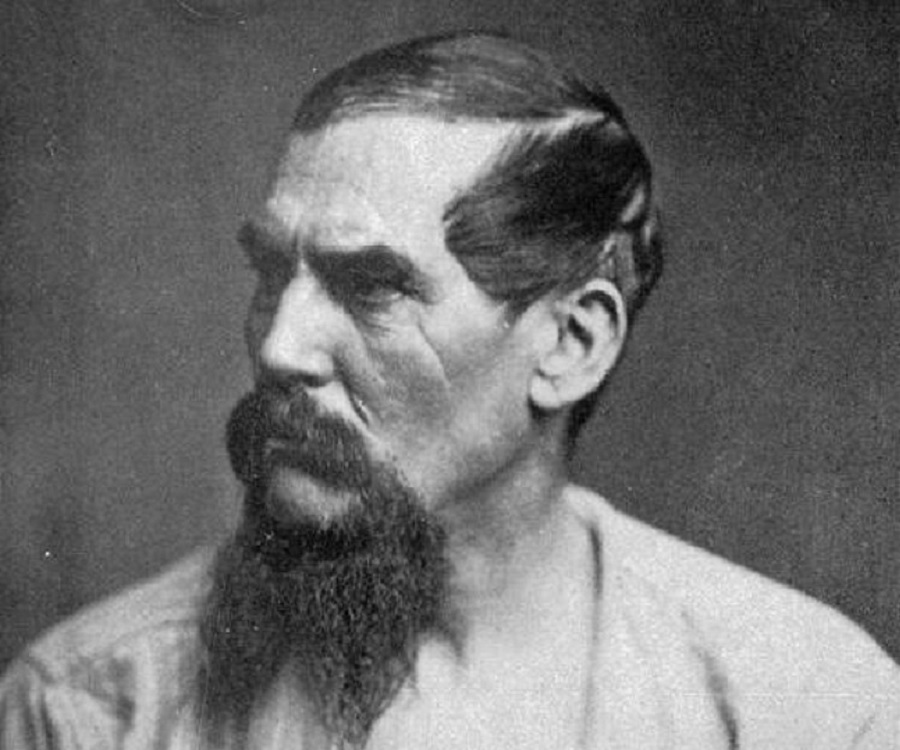Willebrord Snell
Made by Viktoria Domashchenko Q03
Willebrord Snell is a well-known mathematician and physicist, most known for his law of refraction.
Biography
Willebrord Snell, also known as Willebrordus Snellius or Willebrord Snel van Royen, was born in the late 1500s. Although the exact year of birth is unknown it is most commonly given as 1581. He was the son of Rudolph Snellius who was a mathematics professor at the University of Leiden, in Germany. Although Snell did not go to school, his dad taught him much about science and mathematics while he was growing up. Willebrord Snell was accepted into college where he pursued a law career due to his father's wishes but continued studying and teaching math in place of his father when he was not able to do so himself. As time went by, Snell was given more and more classes to teach until he was a full professor. However, he still found spare time to research the subjects he found interesting. Three of his greatest achievements are explained below; they are the law of refraction, how he computed pi, and how he calculated the earth's radius. Willebrord Snell was having difficulties with his health and the medicines that doctors gave him were not helping. He died suddenly while having dinner with his wife, and his law of refraction among other some other books he was working on were not published until after his death.
Main Contributions
Law of Refraction
The Law of Refraction, also known as Snell's Law is used for determining the angle that a ray of light will bend away from the normal when it goes from one medium to another. The law of refraction is n1*sin(x1) = n2*sin(x2) where n1 in the index of refraction of one substance and x1 is the angle that light bends away from the normal in that substance, and n2 is the second index of refraction with x2 being the corresponding angle. More about this law can be read at Snell's Law.
Computing Pi
Willebrord Snell used polygons to compute the digits of pi. Earlier methods could only compute pi accurately to two decimal places, but using Snell's method with 96 polygons, the number could be calculated to 7 decimal places. Snell came up with his more accurate approximation by adding more sides to the polygons who's lengths and areas he was calculating, and divided their area by three.
Earth's Radius Calculation
In one of the books Snell published there was a method of how he calculated the radius of the earth. Snell used triangulation, a method he came up with, to calculate the distance between two towns that were on the same meridian. These two towns were Alkmaar and Bergen-op-Zoom, which are 130 km away from each other, and he was only a few km off. Using this base distance and larger triangles he was able to calculate the radius. Another method to do this would require journeying through different parts of Europe, but Snell was not only a great scientist but also a family-man, and he did not like leaving his relatives behind.
Connectedness
Although today we have more accurate ways to measure the radius of the Earth and the digits of pi, it is still awe-inspiring to know that he was able to have such accuracy without all the technology we have today. Most important, though, is his law of refraction. This is used in modern day for many practical applications such as making glasses for people to wear. Because glass bends light is it important to know the index of refraction and the angle that the light will bend so that the person wearing the glasses can see clearly. Refraction is also used very often in the food industry for measuring the amount of sugar inside liquid solutions with a devise known as a refractor. If the angle of light is not what is expected, the companies producing the candy can modify the liquid solution until it is the right consistency.
See also
References
http://maple.dnr.cornell.edu/produc/refractometer.htm
http://www-history.mcs.st-andrews.ac.uk/Biographies/Snell.html
http://micro.magnet.fsu.edu/optics/timeline/people/snell.html
